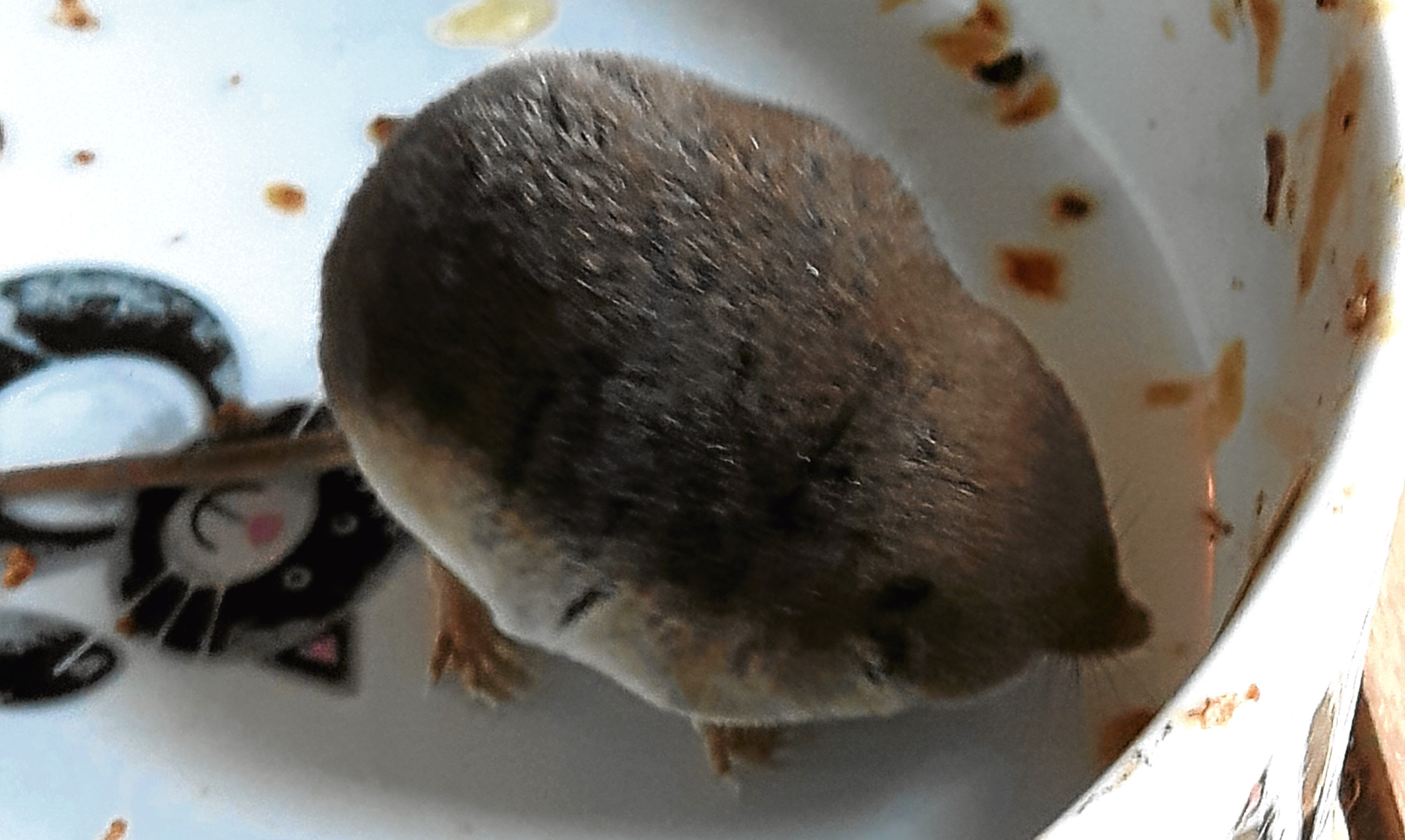At the end of last week a reader called to tell me he had been watching a small pack of five white fronted geese in a field near Arbroath. Like the other grey geese they are winter migrants to the UK but I associate them with the west coast, especially Islay, and I don’t believe I have ever seen one.
White fronted geese have a broad and conspicuous band of feathers on their forehead – giving them their name – and broad, dark bars across their breast.
Frustratingly the Doyenne and I were about to set off to visit family but I promised to get in touch on Monday and hopefully the geese would not have left the district. They had.
I am a member of the British Trust for Ornithology (BTO) so I got in touch with their Scottish HQ in Stirling for some professional advice.
I am correct in thinking they are rare visitors to Scotland’s east coast.
The European species overwinters in East Anglia and Lincolnshire.
Sightings of the Greenland species, which this group most likely were, have been reported at Loch of Strathbeg between Fraserburgh and Peterhead, so these were unusual visitors so far south on this side of the country.
If I’m to see one it looks like I’ll either have to take a trip across to the west or hope this small family will remember the fine winter feeding they had around Arbroath and decide to return next year.
The weather in the Borders, where we were visiting son James and his family, was absolutely perishing.
Living near Peebles they are several hundred feet higher than we are at home and, in inclement weather, you feel the difference.
Luck of the shrew
Meanwhile, James found a shrew sitting in the cat’s bowl tucking into the dried scraps of food. Shrews are, effectively, eating machines.
They burn up energy very quickly and need to eat two or three times their body weight each day to survive.
Their normal diet is insects, slugs and worms so I don’t imagine it would have lasted long on cat food.
The little animal was completely unfazed by being lifted up in the bowl and passed round for inspection.
There was some confusion about how it got into the cat’s bowl.
What seems most likely was that Basil, the large black cat, had brought it back to the house alive and saved it to have later for elevenses.
But I have read that shrews exude a noxious taste when threatened, making them unpalatable for cats.
Whatever the explanation, it was a very lucky shrew that escaped death at the paws of Basil and was returned to its normal habitat among deep grasses where it was at just as much risk from owls, foxes, stoats and weasels.
Tea-aholics
Our son and daughter-in-law take their breakfast tea in teacups big enough to bath the baby in.
I thought they might be interested in a comment from the New Statistical Account of Scotland (1834-1845) for Peeblesshire.
The entry for the parish of Eddlestone, where they live, was written by parish minister the Rev Patrick Robertson.
In the section Language, Habits, &c. of the People, the good minister writes: “In several families tea is substituted for porridge and milk at breakfast, and it is to be regretted that this pernicious habit is gradually gaining ground… it is a luxury above the means of a labouring man, and it is doubtful whether it be not a more productive source of poverty, misery and vice than the unrestrained use of ardent spirits.”
It would have amused my father, who was an unrestrained advocate of whisky, to think it was less harmful to drink a dish of ardent single malt than a sober dish of tea.
One wonders what the tea-drinking connoisseur Earl Grey might have had to say on the matter.
Swimmy hunters
Black, but with a green iridescent gloss when the sun catches their plumage, ungainly on land but masterful on water and strong underwater swimmers – that is the cormorant, or skart as they are known in the north-east.
They are voracious hunters, able to out-swim their prey and will eat their weight, and more, of fish in a day.
Years ago, because of their perceived damage to the two-year-old smolt (young salmon) stocks migrating downriver to the sea, commercial salmon fishers paid a bounty for every pair of cormorant feet handed in to them.
Cormorants are usually associated with our rocky sea coasts so I was a little apprehensive when I saw such an aggressive fisher swimming on the inland water of Fasque Lake.
